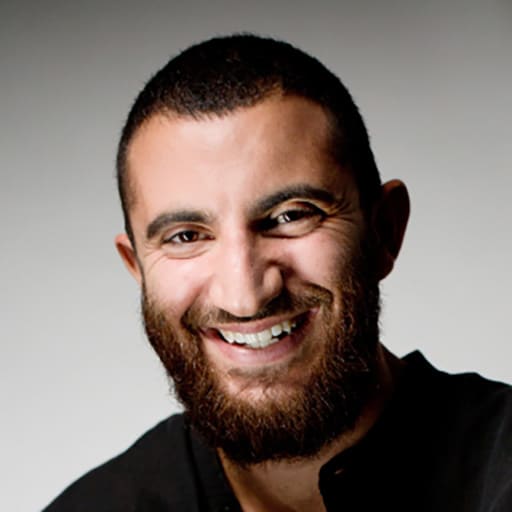The photographers who covered the Spanish Civil War (1936–1939) are said to have been the pioneers of photojournalism. This civil war inflamed the country: it pitted the Spanish Republican camp—composed of loyalists supporting the legally established government, as well as communists, Leninists, and anarchists—against the nationalists and rebel putschists led by General Franco. Robert Capa, David Seymour, and Gerda Taro covered the conflict, and their images were shown around the world.
It seemed we had seen all there was to see of this war—until 2018, when, during the demolition of a house formerly owned by the Catalan photographer Antoni Campañà, two red boxes came to light. They contained more than 5,000 photos, mostly negatives, but also several hundred prints, all taken during the three-year-long conflict. According to the Catalan daily La Vanguardia, it was “the last great photographic treasure trove of the Spanish Civil War.”
But who was Antoni Campañà? The gripping introduction to the book La boîte rouge [The Red Box](Seuil), co-edited by the journalist Plàcid Garcia-Planas, the historian Arnau Gonzàlez Vilalta, and the photographer David Ramos, addresses this very question and retraces the story. “Who was Antoni Campañà Bandranas? An artist, a sports photojournalist, an apolitical journalist, war reporter, a Leica and Contax salesman, or a postcard publisher? Or was he a saxophonist with the Iberian Orchestra, which performed in Barcelona in the 1930s? One could reply that […] Campañà was a perfect one-man band of photography.” The son and grandson of a wealthy family of building contractors, Campañà decided at an early age that photography would be his life. Aged twelve, he was already selling his positives. At fourteen, his “illustrated report on King Alfonso XIII” was published in a Spanish magazine. From then on, the camera became his inseparable companion.
Campañà was thirty when the Spanish Civil War broke out. A Republican, a Catalan nationalist, and a fervent Catholic, the photographer rarely took a public political position, and simply stated that he was on the side of those “who would govern, if I liked them.” He was in some ways a diplomat, and this diplomacy allowed him to photograph people on both sides of the conflict: “The Cambò’s Lliga Regionalista or Companys’s Republican left in Catalonia in February and March 1936; then, a few months later, the anarchist revolutionaries and the victorious Francoists, followed by the fascists and the Nazis in 1939.”
Campañà’s images, currently exhibited at the National Museum of Art of Catalonia, depict a tragic reality full of nuance and painful contrasts. They shed a stunning new light on the Spanish Civil War, painting a veritable fresco of the period, from Franco’s coup d’état, to “Soviet Barcelona,” to the portraits of anti-fascist militiamen heading to the front. Campañà was a keen observer of his surroundings; he cared about his fellow man; and went anywhere he could. Sometimes using a Leica, other times a Rolleiflex, he photographed everything that he thought important, especially events that deeply affected him or left a mark: from churches that fell victim to iconoclastic revolutionaries to handsome freedom fighters, from street protests to postwar misery.
For this is what these images, unearthed nearly thirty years after the photographer’s death, are all about: the story of a man who was pained to see his country in ruin. “Campañà photographed the Spanish Civil War with bitterness and sadness, and this state of mind informed his refusal to distribute his photographs,” writes exhibition curator Marta Gili. However, the photographer did not like photographing poverty, as he admitted to his children. His son Antoni recalls that his father “never wanted anyone to know that he had taken pictures of the war.” For whom were his images intended? No one knows, but as the back cover of La Boîte Rouge aptly puts it: “Today, by a stroke of luck, they are presented to us.”
By Sabyl Ghoussoub
Born in Paris in 1988 into a Lebanese family, Sabyl Ghoussoub is a writer, columnist and curator. His second novel, Beyrouth entre parenthèses [Beirut in Parentheses] was released by Antilope editions in August 2020.
The Red Box: The last great photographic treasure of the Spanish Civil War
€32
The book is available here.
La guerra infinita. Antoni Campañà
March 19 to au July 18, 2021
Museu Nacional d’Art de Catalunya
Barcelona
More information here.



